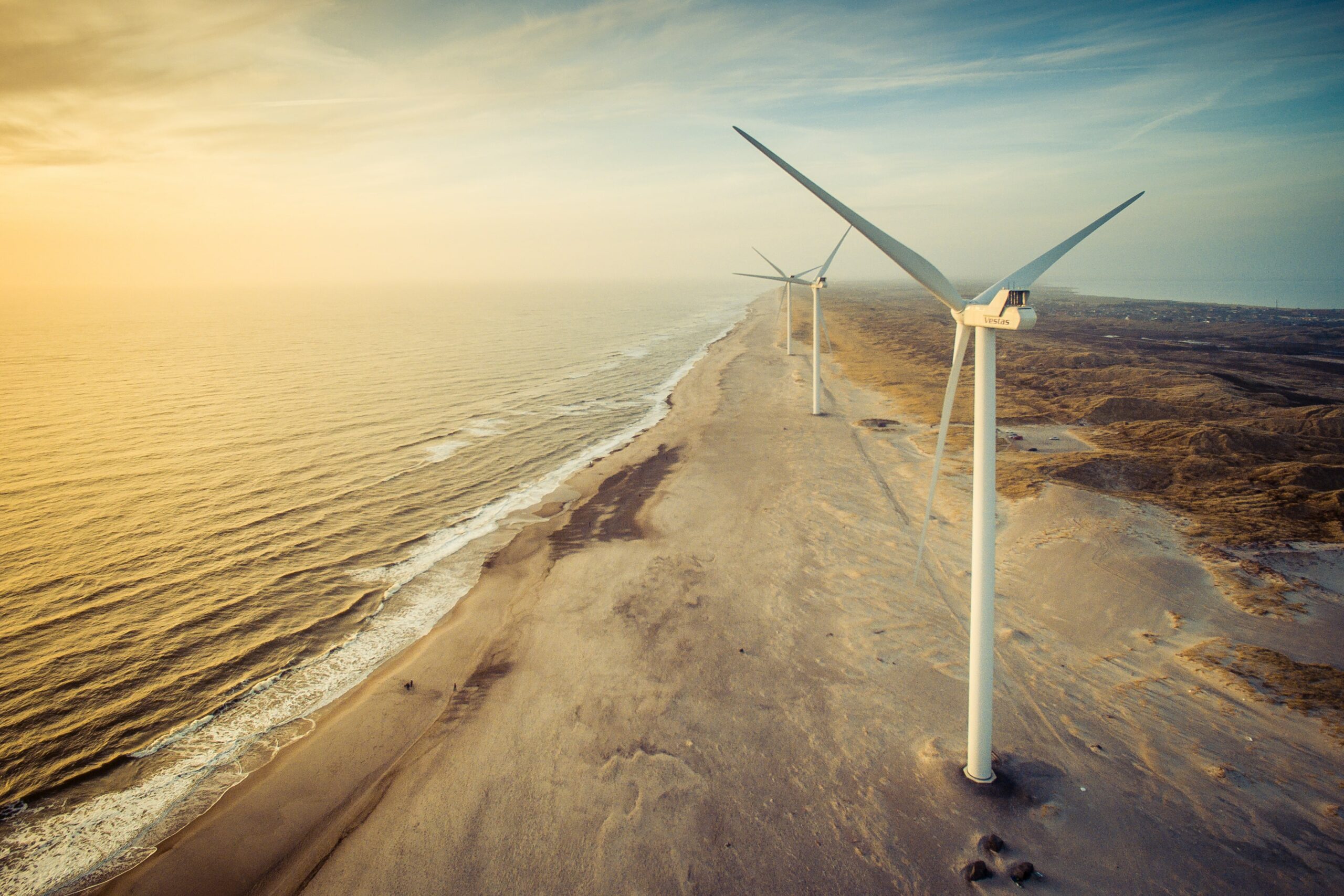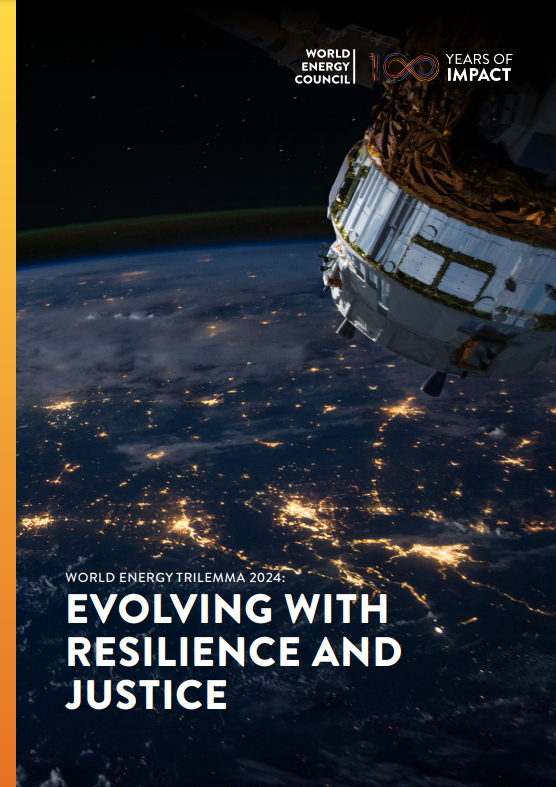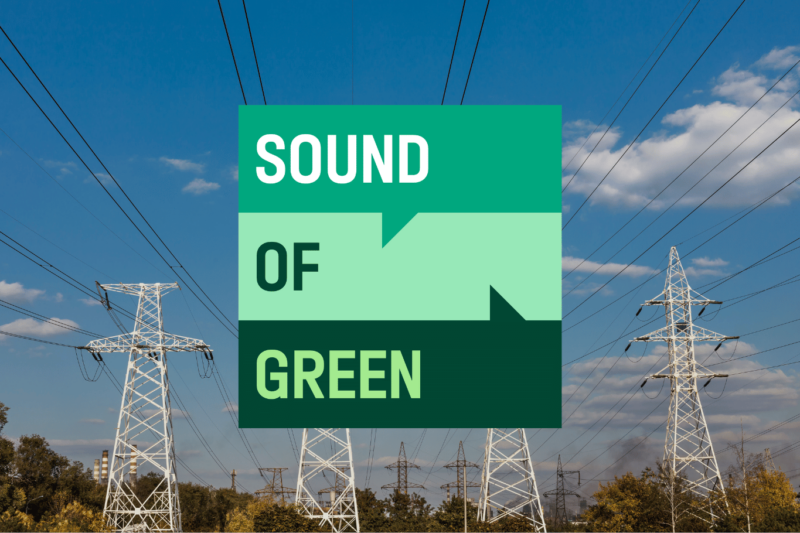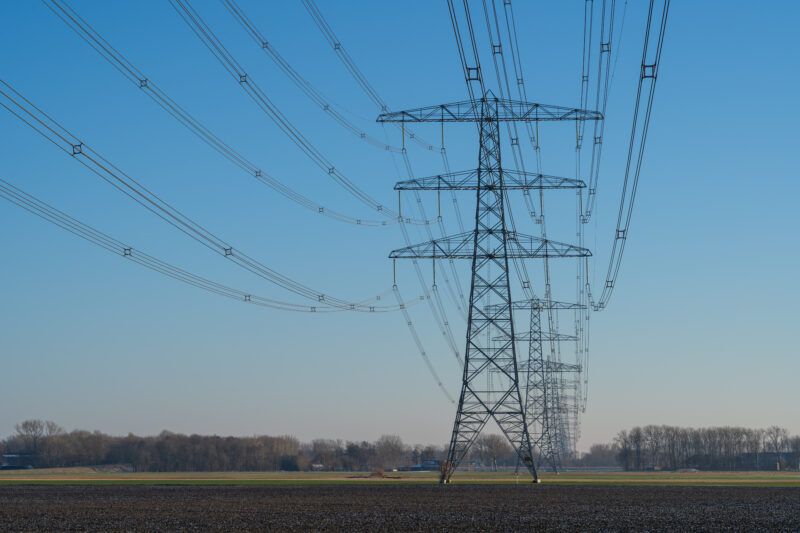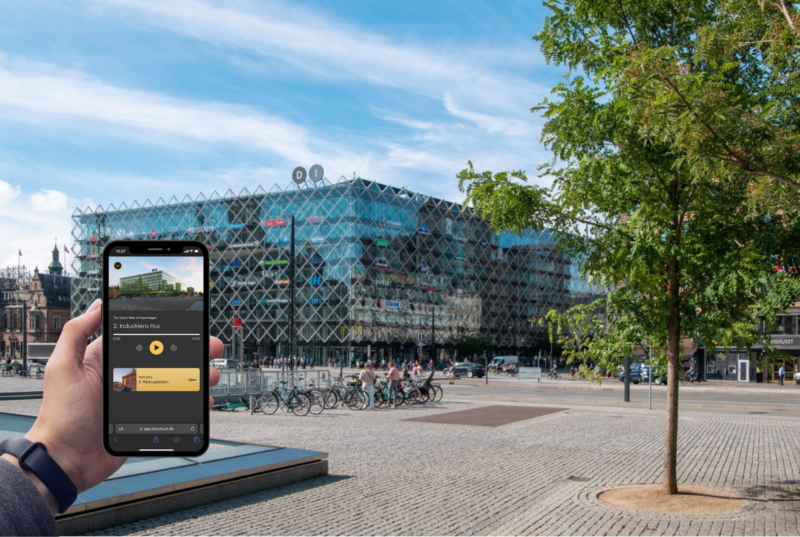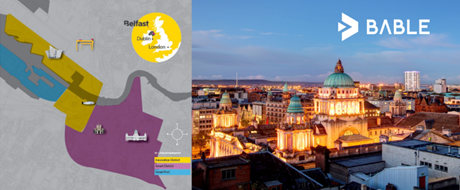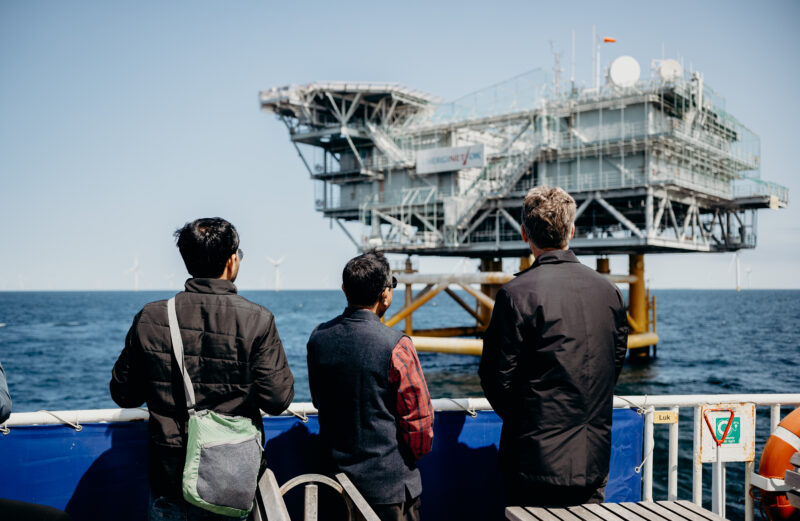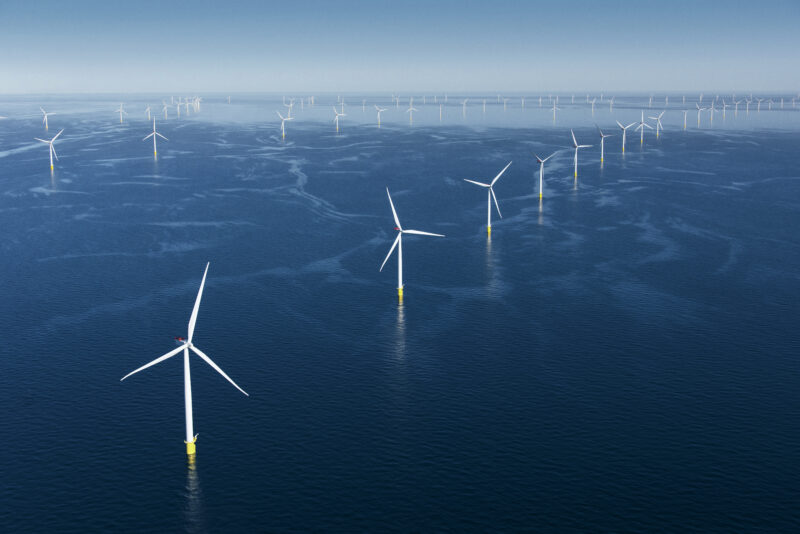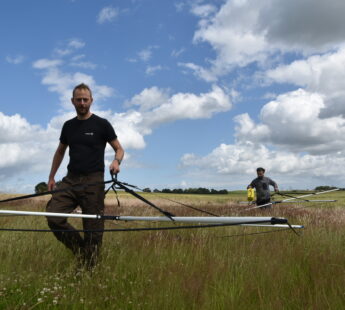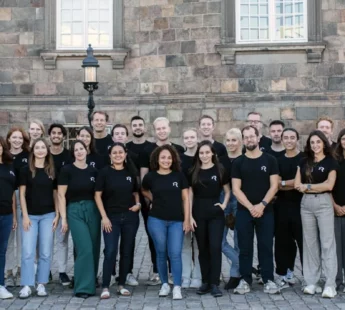The World Energy Council has revealed this years edition of the World Energy Trilemma Index with Denmark placed at the very top.
The World Energy Council’s definition of energy trilemma is based on three core dimensions: Energy Security, Energy Equity, and Environmental Sustainability of Energy Systems. Balancing these three goals constitutes a ‘Trilemma’ and balanced systems enable prosperity and competitiveness of individual countries.
Moving from third to first place, Denmark’s top ranking in the World Energy Trilemma Index demonstrates the potential of combining secure, equitable, and sustainable energy strategies.
The World Energy Trilemma Index has been prepared annually since 2010 by the World Energy Council. It presents a comparative ranking of 126 countries’ energy systems. It provides an assessment of a country’s energy system performance, reflecting balance and robustness in the three Trilemma dimensions.
Related news: Sound of Green: Energy without borders
